Did you know the cause of death for one in five women is heart disease? On an episode of “Spill With Me” hosted by Jenny D., Lamb Medical’s Dr. Mary Parks Lamb, MD notes that “although the popular opinion is that heart disease is male-dominated, it’s not. Heart disease is the leading cause of death for women as well.”
Other diseases that are more unique to women, like breast cancer, get more attention. That’s why breast cancer and similar diseases receive an abundance of research and resources toward finding a cure, and why the most at-risk individuals are able to take preventative measures to lessen their chances of a diagnosis. But unfortunately, the most common killer for women is still flying under the radar. More awareness needs to be drawn to heart disease.
Despite over 60 million women in the U.S. live with some form of heart disease, it’s not uncommon for women to be unaware that they might be struggling with symptoms. People often associate heart disease with heart attacks, and while heart attacks fall into the bucket of heart disease, it’s certainly not the only one. Women can also have rhythm disturbances like atrial fibrillation which can cause a fast and/or irregular heartbeat and lightheadedness or exercise intolerance. Women can also have valvular issues like aortic stenosis that cause a murmur to be audible during heart exam and is often asymptomatic until late in the course of the disease process. Palpitations are a very common symptom and feel like skipped beats that can get your attention.
Chest pain is also a common symptom for heart disease, but patients need to be able to distinguish between cardiac chest pain and chest pain that occurs for other reasons. For women especially, palpable muscular chest pain could be related to tenderness in the chest wall, a condition called costochondritis. Chest pain can also be a result of anxiety or panic attacks. Heartburn, or burning in the chest, can cause chest pain that is often confused with cardiac chest pain. Given that so many non-cardiac problems can cause chest pain, figuring out what is causing chest pain can often be difficult and not straightforward.
One distinguishing detail that can help decipher the cause is whether or not the pain occurs with exertion. If your pain occurs when exercising or walking uphill or going up stairs, that makes it more likely that it is coming from your heart. If chest pain occurs during activity and has associated symptoms like shortness of breath, sweating, radiation of the pain to your back, neck, jaw, or arms, then it also is more likely to be stemming from your heart.
When it comes to heart disease, women tend to have less classic, or recognizable, symptoms compared to men. Atypical symptoms might include back pain, nausea, and fatigue. Unfortunately, these symptoms are pretty common for women regularly. Most people don’t think twice when they’re tired. But when these symptoms are paired with other problems, like high blood pressure or diabetes, then the associated risk of heart disease is higher.
If you are concerned about symptoms, try to stay off of Google. Google can’t examine your body, but your doctor can. Advances in technology and testing are making it easier and faster to detect and treat heart disease than ever. That’s why it is important to never ignore chest pain. If chest pain starts and does not go away, go directly to the emergency room. If it is intermittent and does seem to come and go, make an appointment with your PCP to get checked out. If it occurs rarely but you still have questions about it and your health, make sure you keep up with annual check-ups. Physicals allow the doctor to determine a health plan unique to your conditions and conduct preventive care. Checking your heart rate, blood pressure, BMI, and blood work to check your glucose and cholesterol level is important. Evaluating symptoms, doing a physical exam, and performing other tests as indicated can reduce risk of disease and help you lead a longer, healthier life.
And even when your doctor’s not around, there are ways to track your heart health. Drug stores often offer blood pressure cuffs which provide some health parameters, and most modern smart watches can track your EKG. While heart disease can be hereditary, the best way to prevent it is to lead a healthy, active lifestyle and subscribe to a balanced diet – there’s a reason heart disease is most prevalent in corners of America with high tobacco use and obesity rates.
Whether heart disease or otherwise, always listen to your body and seek care when you’re concerned. Establishing care with a primary care physician will ensure you’re being treated by someone who knows you, your body, and family history. They’ll provide you with the best possible care because they know you and your health.
